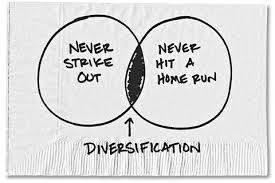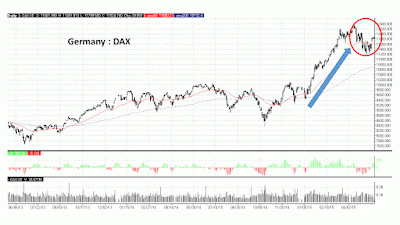5 Months Into The Year
Let's have a peek at what has been happening with the components of the 60/40 model:
(60% Equity / 40% Fixed Income)
Remember that the idea behind the 60/40 model is balance and diversification over long periods (multiple years). The different asset classes that are represented will have periods of out-performance and under performance over this time, but the mix is intended to drive down volatility and provide target annual average returns of between 7 and 8% over a multiple year time horizon.
(click on the chart to enlarge)
Returns are before fees and tax considerations and are based on a broad mix of ETF's with consistent weightings back tested over 11 years, re-balanced quarterly (inclusive of the period 2008-2009), however historical returns are not a guarantee of future returns.
Best performing assets (total return) this year to date (since Jan.1):
- International Large Cap (Companies) = up close to 17%
- Emerging Markets (lead by China) = up close to 14.5%
- International Small Cap = Up close to 14%
Other notable performances:
- Positions held in US $ (converted back to C$) have added an additional 7%
- Canadian Small Cap and US Mid Cap companies indexes are up over 5%
"Under" performers:
- Canadian Preferred Shares = down by approx 5%
- Canadian High Yield bonds = flat
In reference to the theme that different assets out-perform and under-perform at different times (and justification for sticking with this model over long periods):
last year at this time, the best performers were:
- Canadian Inflation Indexed Bonds
- Canadian Large and Small Cap Companies
- Canadian REIT's
- Canadian Preferred Shares
Under-performers:
- US Small Cap Companies
- International Large Cap Companies
What is a highly important process in this type of model is the on-going re-balancing which trims (sells) the out-performing assets back to their original weighting and redistributes the cash by buying the under-performing assets which are underweight.
This is on-going profit-taking and using the proceeds to pick up under-valued assets.
For example if you trimmed Canadian Preferred Shares (last years out-performer) and picked up International Large Cap Companies (this years out-performer) you have added significant value.
The Takeaway:
Balance, Diversification and Re-balancing are the keys to successful investing over a multiple year time horizon.












































